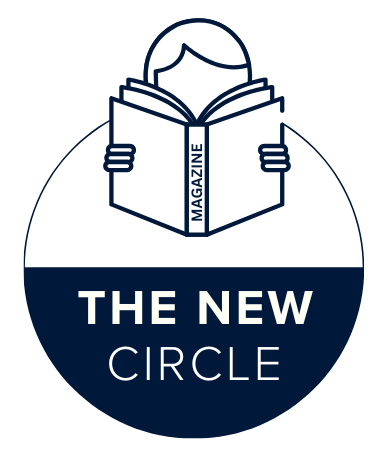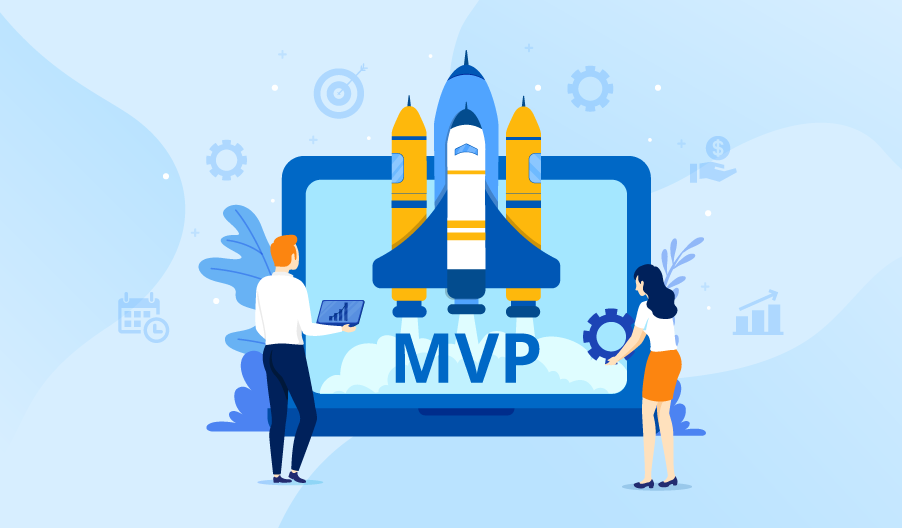Building a Minimum Viable Product (MVP) is the fastest, lowest-risk way to prove your idea, win early users, and open doors with investors. In 2025, the playbook is simple: timebox your scope, pick a lean tech stack, and ship in months—not years. This guide distills what the top-ranking resources get right—and adds practical templates, decision checklists, and real-world examples—so you can plan and deliver an MVP with confidence.
Why MVPs Matter in 2025
- Risk reduction: Validate real demand before you pour in your full budget and team.
- Faster learning: Ship a functional slice and learn from actual usage and feedback.
- Investor credibility: A working prototype with early metrics makes funding conversations easier—partnering with a team offering mvp development services can further de-risk delivery and clarify costs..
- Early monetization: Start capturing value—and proof—before the full build.
- Foundation for scale: Your codebase, UX patterns, and analytics become a springboard for fast iterations.
MVP Timeline at a Glance
Typical delivery: 2–4 months for most products. Complex builds can take 6–12 months, and some outliers up to 24 months.
MVP phases and realistic timeboxes:
- Discovery and ideation: 1–2 weeks
- Design and prototyping: 7–10 days
- Development: 4–8 weeks
- Testing (QA and UAT): 2–10 days
- Deployment and pre-launch: 10–14 days
Tip: Agile delivery can trim timelines by 15–30% when paired with a focused scope and frequent feedback loops.
The MVP Process, Phase by Phase
Discovery and Ideation
Pin down problem–solution fit and your target user segments. Validate demand with quick research and interviews. Define the smallest feature set that truly proves value.
Deliverables:
- One-line product value proposition
- User personas and the top 3–5 jobs-to-be-done
- Prioritized feature list (use MoSCoW: Must/Should/Could/Won’t—see template below)
- Success metrics and guardrails (time, budget, scope)
Checklist:
- Identify the top 1–2 use cases that will demonstrate value.
- Map the user journey; mark friction points your MVP will tackle.
- Lock in your early distribution channel (email list, community, partnerships).
Common risks:
- Skipping research. That’s how costly pivots happen.
- Fuzzy outcomes. Define what “success” means before you build.
Design and Prototyping
Turn user flows into wireframes and a clickable prototype. Validate the UX quickly with real users.
Deliverables:
- Low- to mid-fidelity wireframes for core flows
- Interactive prototype for usability sessions
- Design system basics: colors, typography, and UI components
Checklist:
- Test with 5–7 target users; capture blockers and confusion.
- Lead with accessibility and mobile-first layouts.
- Freeze the MVP feature scope before development starts.
Common risks: over-polishing. Aim for clarity now—save pixel-perfect polish for later.
Development
Build the MVP feature set on a foundation you can grow. Choose a stack that balances speed, cost, and maintainability.
Best practices:
- For mobile MVPs, go cross-platform (Flutter is highly recommended for speed, UI flexibility, and cost efficiency).
- Use pre-built APIs/SDKs for auth, payments, notifications, analytics, and search to cut cost and risk.
- Ship in weekly increments; demo progress every sprint.
Checklist:
- Versioned API and environment management (dev/stage/prod)
- Feature flags to manage risk and scope
- Observability basics: logging and error tracking
Testing and UAT
Make sure core flows work reliably on your target devices and browsers. Fix high-priority bugs and performance issues.
Checklist:
- Test against a device/browser matrix that matches your users.
- Run UAT with 5–10 representative users.
- Verify analytics events for your key actions.
Common risks: thin coverage. Prioritize the critical path over every edge case.
Deployment and Pre-Launch
Prep app stores or production environments, legal, and support workflows. Finalize your launch plan and success criteria.
Checklist:
- App store assets (if mobile) and listing keywords
- Documentation: quick-start guide, FAQs, support channels
- Go-to-market plan: early access list, onboarding emails, feedback loop
MVP Cost in 2025: What to Budget
Typical ranges by complexity:
- Simple MVPs: $35,000–$50,000
- Medium complexity: $50,000–$80,000
- Complex: $80,000+
Regional hourly rates influence total cost:
- North America/Western Europe: $100–$250/hour
- Eastern Europe: $40–$125/hour
- Asia: $20–$80/hour
AI-specific costs:
- Simple AI features (e.g., basic recommendations or integrations): +$8,000–$25,000
- Advanced AI (custom models, substantial infrastructure): +$50,000+
What drives cost:
- Scope size and integrations
- Platform count (web, iOS, Android)
- Security/compliance needs
- Team location and seniority
- AI data prep, model training, and cloud infrastructure
Cost-saving levers:
- Use Agile and ship in small increments (often a 15–30% timeline reduction).
- Choose Flutter for cross-platform mobile MVPs.
- Plug in pre-built APIs and SDKs instead of reinventing commodity features.
Don’t spend more than 80% of your total budget on the MVP build. Keep at least 20% for launch, feedback, and iteration.
Choosing the Right Tech Stack for an MVP
Mobile-first? Choose Flutter for cross-platform speed, consistent UI, and cost efficiency. Web-first? Keep it simple with a lightweight frontend and proven backend frameworks. Design a modular architecture and use feature flags so you can evolve fast after launch.
AI in Your MVP: When It’s Worth It
Add AI when:
- It’s core to your value proposition (e.g., recommendations, document processing).
- You have—or can easily access—the data you need.
- You can support the infrastructure (APIs, cloud compute, observability).
Expect:
- Extra budget for data prep, model training, evaluation, and MLOps.
- Ongoing iteration as your data grows and outputs improve.
- A staged approach: start with third-party AI APIs for speed; move to custom models only if needed.
Common MVP Mistakes (and How to Avoid Them)
Lock scope after design. Use MoSCoW for trade-offs. Push new ideas to a post-launch backlog. Always validate problem–solution fit before writing code. Focus on the critical path and UAT; fix high-impact bugs before launch. Keep at least 20% of your budget for post-launch learning and iteration. Use Flutter and pre-built APIs/SDKs to ship faster and cheaper.
Post-Launch Playbook: Turn Your MVP into a Product Users Love
Instrument analytics and feedback channels from day one. Iterate quickly: gather feedback weekly; ship improvements every 1–2 weeks. Watch activation and repeat usage; use interviews to uncover friction. Keep a tight, public-facing changelog to build trust with early users. Prepare to scale: as usage grows, harden infrastructure and refactor hotspots. In operationally intensive verticals like foodtech software development, tighten SLAs, streamline inventory integrations, and optimize order-to-delivery latency.
Conclusion
An MVP isn’t a watered-down product—it’s a focused one. In 2025, winning teams define a tight scope, ship in 2–4 months, lean on accelerators like Flutter and pre-built APIs, and hold budget for rapid iteration. Use the templates and guardrails here to cut risk, attract early users and investors, and set your product up for steady, sustainable growth.
RELATED TOPIC: Top Mistakes to Avoid When Developing an MVP

